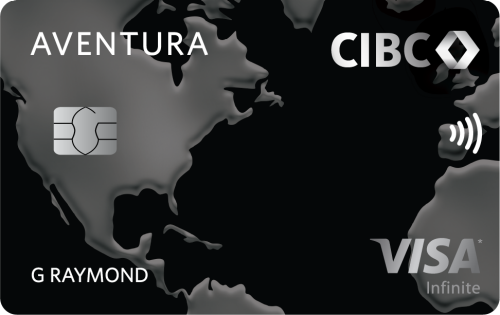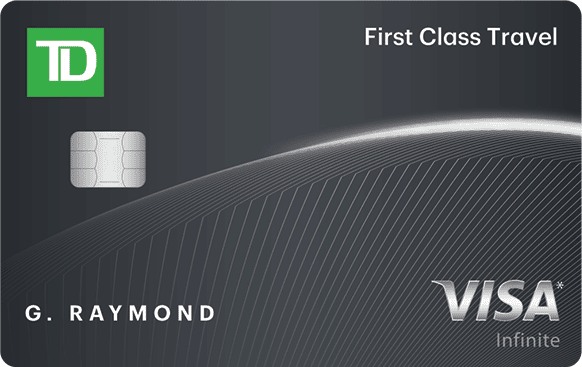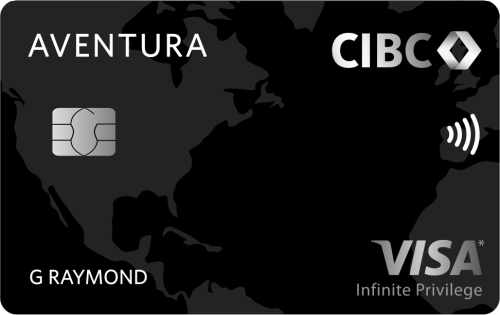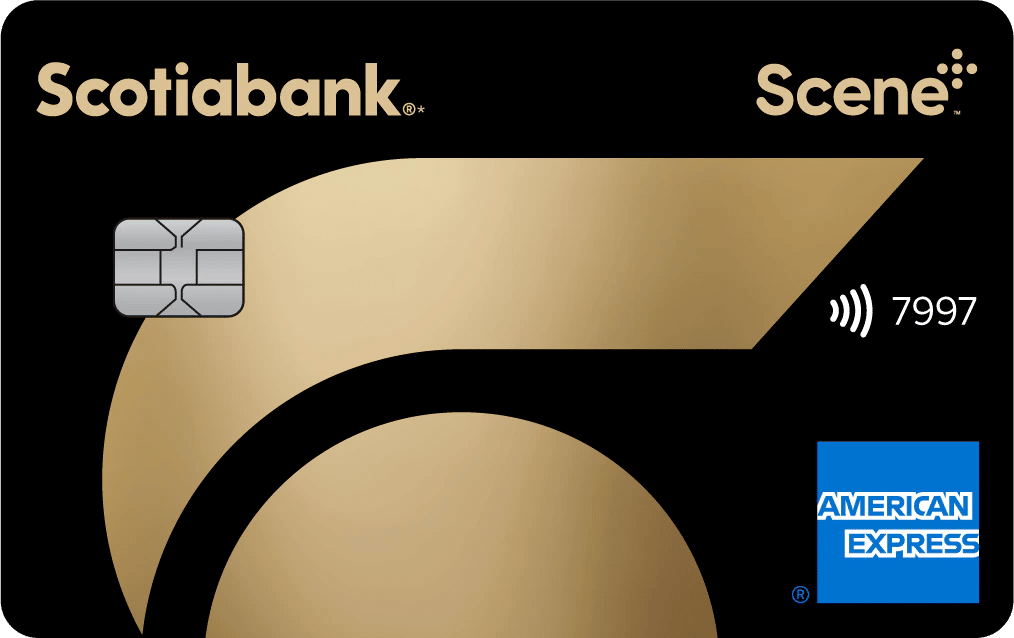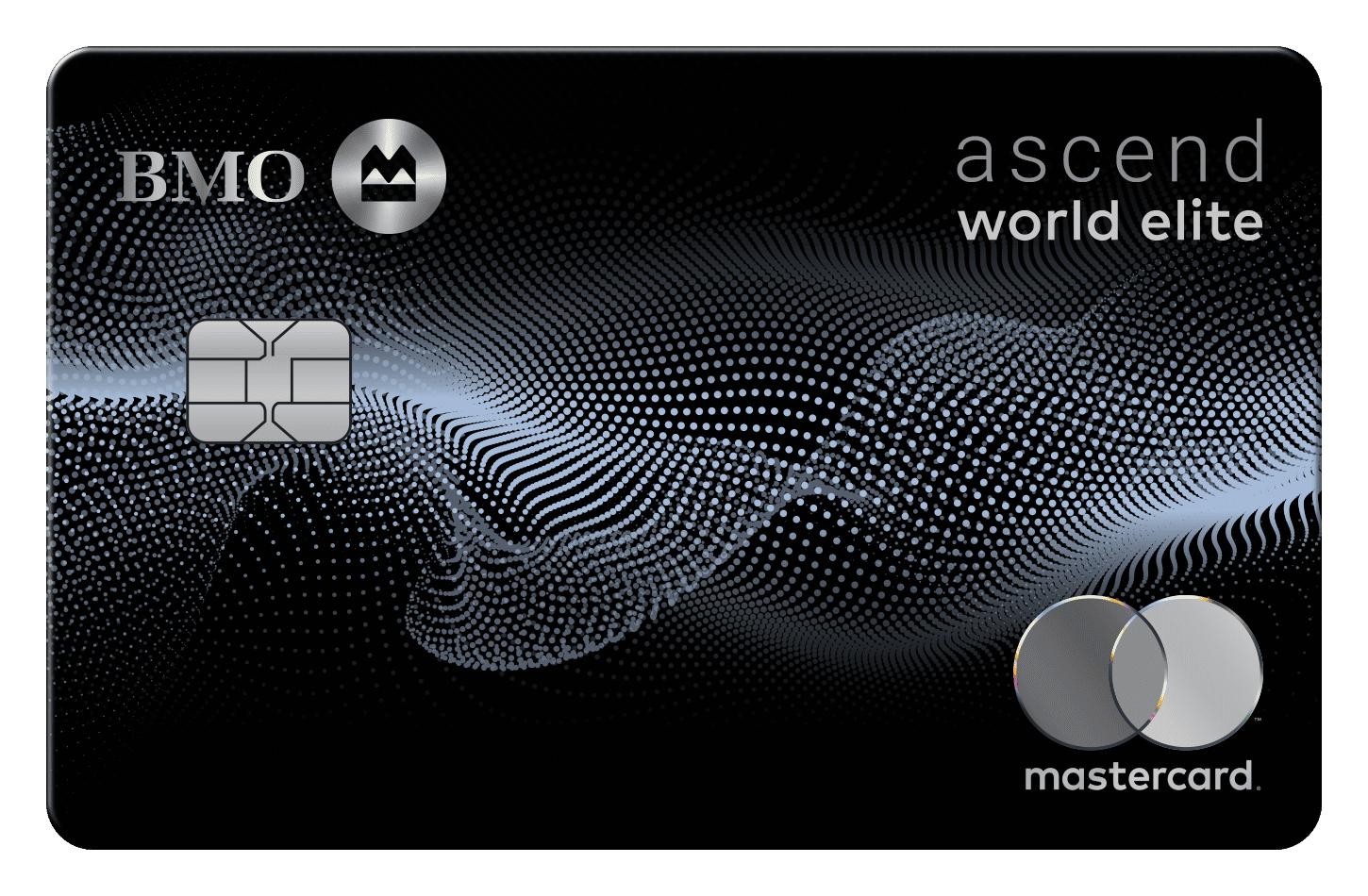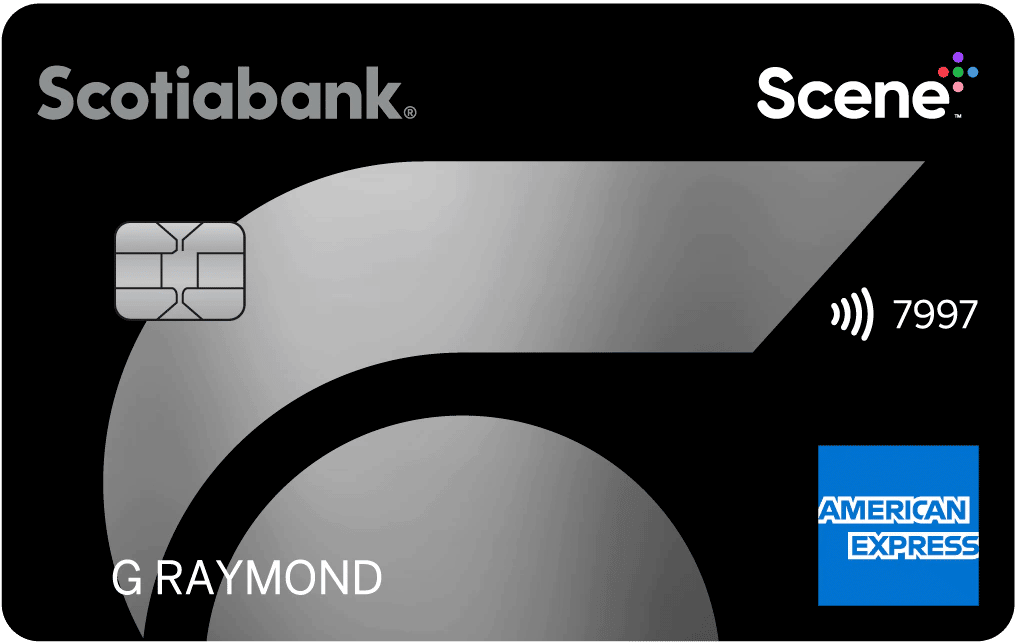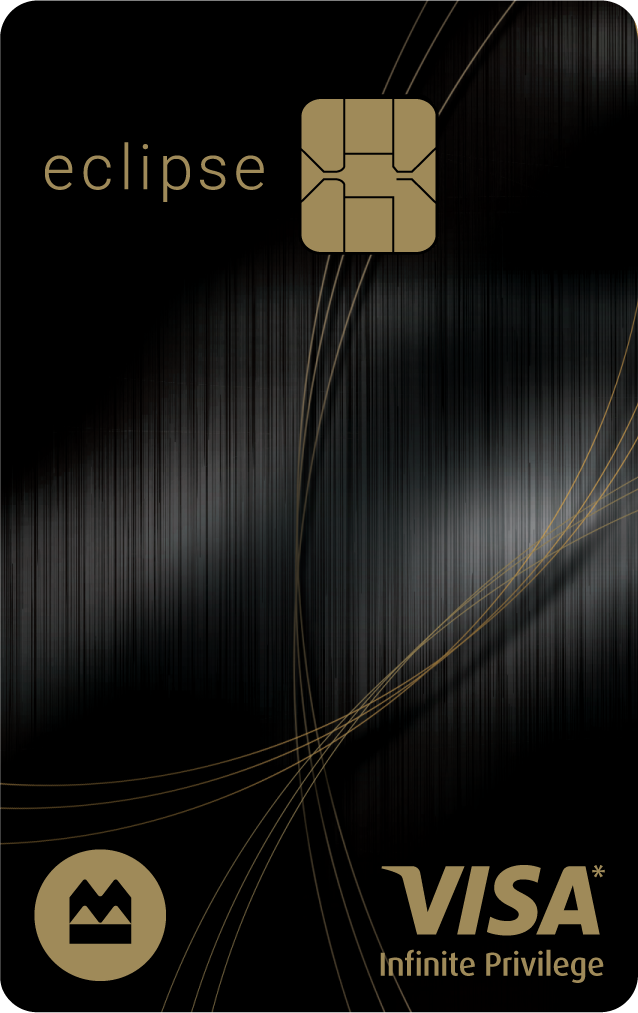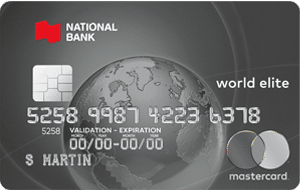Positioning flights are a tool used by savvy Miles & Points enthusiasts to access an award or cash flight that departs away from your home airport.
When used strategically, positioning flights can save you miles, points, or cash, and they should definitely be a part of your overall strategy to unlock more award redemption possibilities.
In this guide, we’ll do a deep dive into what positioning flights are, how to use them strategically, and how to navigate the many complexities associated with them..
What Are Positioning Flights?
Positioning flights are meant to bring you to a destination away from your home airport, so you’re able to access your primary onward flights. You may need them at the beginning, middle, or end of your main flight itinerary, depending on the booking.
You may also need to use positioning flights to connect to other modes of transport, such as cruises; however, for this guide, we’ll focus on positioning flights for connecting to other flights.
When booking award flights, you might need a positioning flight if you’re not able to find award availability from your home airport. Canadians are often faced with this conundrum, as there’s generally more award availability and flights in general to and from airports in the US.
Meanwhile, if you’re flying on a cash ticket, positioning flights are useful for when you find a cheaper flight originating from an airport other than your home airport.
After all, flights are generally cheaper from major hubs, where several competitors vie for passenger traffic. If you’re not living near one of these key airports, you’ll likely need to use positioning flights regularly.
Most importantly, positioning flights are necessary due to most airlines’ adherence to the “must fly in sequence” principle. This means that you must show up for the flights on your tickets in sequence as stated in your itinerary. Otherwise, you run the risk of invalidating the unused portions of your trip.
For example, let’s say you want to fly from Toronto to Paris, and you find that a non-stop Toronto–Paris ticket costs more in points than a New York–Toronto–Paris ticket, based on dynamic pricing.
Looking at the second option, you might think that you could save some miles or points by booking this route, skipping the New York–Toronto flight, and then flying the remaining Toronto–Paris flight.
However, with the “must fly in sequence” principle, you can’t book this New York–Toronto–Paris ticket and plan to no-show for the New York–Toronto leg. If you were to do this, the airline would cancel your Toronto–Paris flight and even your return flight if you booked one.

Therefore, to take advantage of the cheaper fare out of New York in the example above, you must fly from Toronto to New York on a positioning flight, even though you need to double-back to Toronto as part of your main itinerary.
As you delve deeper into Miles & Points, you’ll find a greater need for positioning flights as a tool to save miles, points, or cash. You’ll also find you need them to unlock more redemption possibilities, especially if you have your heart set on a particular airline or product.
With this in mind, it’s important to be adept at booking them and strategizing their utility.
How Are Positioning Flights Useful?
It can sometimes seem illogical and unnecessary to be booking a positioning flight; however, when availability for an award flight only shows up in Raleigh or Minneapolis, you need to get yourself to Raleigh or Minneapolis.
Here are some of the many reasons why you might need a positioning flight.
Flight Pricing and Award Availability
Supply, demand, and market segmentation are a reality of the deregulated airline industry. For the most part, airlines are free to price tickets or make awards available based on commercial decisions.
In practice, this means that even though an airline flies to your home airport, there might not be an abundance of award seats available. If you want to fly with that particular airline, you might need to look elsewhere.
For example, an airline like Turkish Airlines might make plenty of award seats available to New York, because it has five flights departing from there daily and it needs to fill its planes.

Turkish Airlines also flies to Vancouver, but with a much lower frequency, and award availability might be more difficult to come by than it is departing from or arriving in New York.
Similarly, a Kuala Lumpur–Singapore–Perth ticket may be cheaper in cash than a direct Singapore–Perth ticket to better compete with non-stop Kuala Lumpur–Perth options offered by other airlines.
As long as you can get yourself from Singapore to Kuala Lumpur with a positioning flight that costs less than the difference in fares, it could be wind up saving you cash.
Airline, Cabin, and Product Availability
Another reason you might need positioning flights is because the airline, cabin, or product you want simply isn’t available from where you live. An excellent example of this is Qatar Airways and its coveted QSuites business class product.
In Canada, Qatar Airways only flies to Montreal, and not to Toronto, Vancouver, or any other cities. Therefore, if you want to try QSuites, you must first make the trip to Montreal with a positioning flight (or train) from your origin.
Similarly, if you want to fly ANA “The Suite” First Class or “The Room” business class, you must first position yourself to a US destination, as these products aren’t offered in Canada.
Cheaper If Booked Separately
Positioning flights can also prove useful when it’s cheaper to book them separately, rather than incorporating them into your full itinerary on a single ticket. With distance-based awards, adding a flight segment may put you above the upper limit of a distance band, which winds up costing you more in points.
For example, let’s say you have an Aeroplan award routing of Toronto–Warsaw–Copenhagen on LOT Polish Airlines, a weeklong stopover, and then onwards to Singapore on Singapore Airlines, all on a single ticket.
The Great Circle Mapper distance for this entire itinerary is 10,930 miles, which puts it just below the upper limit for the 7,501–11,000 miles “Asia 3” sweet spot for partner awards on Aeroplan’s Between North America and Pacific zones award chart.

Therefore, in business class, this itinerary would price out at 87,500 points, plus an additional 5,000 points for the stopover in Copenhagen.
However, if your intended destination were actually Bangkok, the Singapore–Bangkok flight would add an additional 876 miles to the route. That single short flight will make the total distance cross over to the 11,000+ miles award band on the Aeroplan chart, meaning the itinerary would now cost 120,000 points with the stopover.

The difference between the cost of these two itineraries is 32,500 Aeroplan points, which we’d value at $682.50 (CAD) at our current valuation of 2.1 cents per point.
Given this, it seems imprudent to spend that many points to include a short two-hour flight, when you could easily just book a positioning flight with one of the low-cost carriers plying the route for $100 instead.

Avoiding Taxes and Fees
In some instances, a positioning flight might help you avoid hefty taxes and fees. An excellent example would be when countries charge higher duties for premium cabin tickets.
The United Kingdom charges a much higher Air Passenger Duty (APD) on business class and First Class tickets, which can bump up the cost of a cash fare or award ticket significantly.
One way to circumvent the pesky APD is to book a separate positioning flight in economy to nearby countries without the APD, such as Ireland, France, Belgium, or the Netherlands, or to Inverness, from where the APD is significantly reduced.
Even more brutal is Pakistan’s Federal Excise Duty (FED), which tacks 250,000 PKR ($1,235 CAD, $900 USD) on business class and First Class tickets to the Americas.

An easy way to circumvent the FED is to take an economy positioning flight to nearby India, which also happens to have more routes and destinations available.
Necessary for Smaller Cities
Positioning flights are a necessity for people who live outside of cities with major hub airports. It may be prohibitively expensive to begin your itinerary from a smaller city, given the rules of supply and demand.
Thus, it usually makes better economic sense to book a separate positioning flight to a major hub, and then take advantage of that hub’s wider choices and lower prices.
In Canada, travellers looking to fly internationally on a non-stop flight from smaller cities are often out of luck.
Haligonians are fortunate to have a non-stop Air Canada flight to London, while Quebec City residents enjoy seasonal Air France service to Paris.

However, smaller cities like Winnipeg or Charlottetown aren’t as blessed with flight availability, so people living in these areas will often need to book a flight to Toronto, Montreal, or a US hub to connect with their desired itinerary.
Often, booking a separate positioning flight ends up being cheaper in terms of miles, points, or cash, than booking entire itineraries starting from these smaller cities.
All in all, with positioning flights, you’re beating airlines at their own game by creating your own itinerary for less money or points; however, keep in mind that you must do so efficiently and affordably, otherwise the whole point would be lost.
How to Book a Positioning Flight
Once you’ve booked your main award or cash tickets, it’s time for you to iron out your positioning flights. There are a number of ways to go about booking your positioning flight, based on your priorities and resources.
When planning positioning flights, your first step is to check the airlines that fly between your home airport and the starting point of your main itinerary. You can use a website like FlightConnections to check possible routings, whether non-stop or with connections.

Your next step will be to check cash prices using a comparison website or aggregator such as Google Flights, Skyscanner, or Momondo.
When buying flights in cash, you may want to use a credit card with fixed-value points that can be redeemed against any travel purchase to book your positioning flights.
In Canada, the best programs to use are CIBC Aventura Points, Scene+ points, BMO Rewards, and TD Rewards Points.
Credit Cards with Fixed-Value Points
| Credit Card | Best Offer | Value | |
|---|---|---|---|
|
45,000 CIBC Aventura Points† $139 annual fee |
45,000 CIBC Aventura Points† | $600 |
Apply Now |
|
Up to 100,000 TD Rewards Points† $139 annual fee |
Up to 100,000 TD Rewards Points† | $550 |
Apply Now |
|
Up to 80,000 CIBC Aventura Points $499 annual fee |
Up to 80,000 CIBC Aventura Points | $420 |
Apply Now |
|
40,000 Scene+ points $120 annual fee |
40,000 Scene+ points | $355 |
Apply Now |
|
Up to 90,000 BMO Rewards points First Year Free |
Up to 90,000 BMO Rewards points | $331 |
Apply Now |
|
60,000 Scene+ points $399 annual fee |
60,000 Scene+ points | $161 |
Apply Now |
|
Up to 120,000 BMO Rewards points $499 annual fee |
Up to 120,000 BMO Rewards points | $74 |
Apply Now |
|
Flexible rewards $150 annual fee |
Flexible rewards | $0 |
Apply Now |
For instance, with Scotiabank Passport® Visa Infinite* Card, you can redeem Scene+ points against any travel purchase at a rate of 1 cent per point. Plus, with this card, you won’t get hit with a conversion fee if you’re paying for your flight in a foreign currency.
Alternatively, you can also book positioning flights using a flight redemption scheme of a credit card program. In Canada, this is where the CIBC Aventura Airline Awards Chart, RBC Air Travel Redemption Schedule, and Amex Fixed Points Travel come in particularly handy.
Alternatively, if you’d rather book a positioning flight with an airline loyalty program, you can use a search tool like AwardTool to help determine your best options. This tool can also be used to track award prices to help you further optimize your redemption.
For short-haul positioning flights, you’ll definitely want to check out the airline programs that have them as sweet spots.
For example, British Airways Executive Club offers short-haul flights for as few as 4,000 Avios.
For Aeroplan, short-haul positioning flights with Air Canada, such as Vancouver to Seattle or Toronto to New York, tend to get cheaper as the date of travel gets closer.

But if you’d like to avoid Aeroplan’s dynamic award pricing for Air Canada flights entirely, you can try to find availability with a partner airline, such as United, Lufthansa, Singapore Airlines, or Asiana Airlines, which offer fixed-rate award flights.
Lastly, although all US airline programs impose a dynamic pricing scheme, they do offer lower-priced redemptions or “Saver-level” awards within the US and to Canada.
For example, with United MileagePlus, you can find a transcontinental flight between Toronto and San Francisco for as few as 15,000 miles. To easily find these rates, you can use United’s calendar function to help you with your search.

Tips & Tricks for Booking Positioning Flights
Booking positioning flights can be tricky and risky: if you aren’t careful, you might end up with both a greater expense and a headache.
To help you avoid this, we’ve outlined some tips and tricks that you can employ when strategizing and booking positioning flights.
Plan Connections Carefully
When booking positioning flights, it’s imperative to leave enough time for connections. After all, booking flights on separate itineraries basically means you’re on your own if your plans go sideways.
In other words, if your positioning flight gets delayed for any reason, the next airline isn’t liable to get you to your final destination. This is known as “reprotection” in industry jargon.
Thus, to mitigate the risk of missing a connection, it can sometimes be best to fly in a day early and spend the night in your layover city.
However, you need to also consider the price of a night’s stay at a hotel when calculating your costs. After all, a night at an airport hotel in a city like New York will set you back $200–300 (USD), which alone might cancel out the potential savings you would enjoy by booking separate tickets.

Book Flights with Early Departures
Before booking your positioning flight, it’s also a good idea to check the historical data of your flight through a website or app like FlightRadar24 or FlightStats to see if your planned positioning flight often gets delayed or cancelled.

If you see that flights on your chosen route often experiences a delay, consider choosing a flight that departs earlier in the day.
The first flight out for the day not only allows a longer connection time, but also affords you a choice of subsequent flights to fall back on in case of mishaps. Also, the first flights out have a lower chance of delays, which tend to domino as the day goes on.
As a final note on connections, make sure to allow plenty of buffer during tricky travel periods, like spring break and the winter season, when flights are often delayed or cancelled.
Book the Same Airline If Possible
If possible, book a positioning flight with the same airline as the one you booked with for your main itinerary.
Often, doing so will allow you to link your tickets or passenger name records (PNRs) at check-in or in advance by phone. This way, you should be able to through-check your bags, making your connection less of a hassle.
The airline might also be able to reprotect you if your positioning flight gets delayed or cancelled – though there’s no assurance of this, and you’ll still need to rely on the airline’s goodwill.
Fly with a Carry-on Only (If Possible)
The best strategy with flights on separate tickets is to fly with a carry-on only.
The foremost reason for this is it saves you time, since you won’t need to wait to claim your bags before clearing immigration and customs.
Travelling with only carry-on luggage also lessens the risk of your bag being delayed or lost. Losing your bags in your connection city can be complicated, since the airline might not deliver your bags to your final destination if you’re booked on a separate ticket.
Consider Positioning Flight Prices
As mentioned above, before booking your main ticket, make sure to study positioning flight prices first. While some flights from Canada to the US are short in time and distance, they can still be expensive.
For example, due to demand from business travellers, flights from Toronto to Boston, Washington DC, and New York City can be very expensive despite being less than two hours long.

Conversely, you may notice that flying from Canada to leisure destinations, such as Miami/Fort Lauderdale, Orlando, Las Vegas, Cancun, and Punta Cana, can actually be quite affordable. This is because all the main Canadian carriers, plus foreign ones, contend on these routes.
Given that flights in Canada are generally getting more expensive, planning positioning flights might take some imagination.
For example, if you’ve found a long-haul flight out of Miami, you can try to look for flights to Fort Lauderdale, which often has cheap flights from Canada.

Then, from Fort Lauderdale Airport, you can conveniently take the Tri-Rail directly into Miami Airport for your onward journey, or you can plan to spend a few days in Miami.
Alternative Modes of Transportation
In addition to flights, you should also explore other means of transportation for positioning. As a starting point, the website Rome2Rio is a great tool to help you explore your options.

The most obvious non-flight transportation options are buses and trains, which are particularly relevant in Europe. For one, Flixbus connects hundreds of cities in the region, many of which have direct connections.
For train tickets, the Trainline platform lets you check various rail options and book tickets between cities in Europe. Plus, it allows to you pay in Canadian or US dollars.

Ferries are also a positioning option, especially when they depart or arrive at an airport. They can be particularly useful in the Greater Bay Area, which covers Hong Kong, Macau, and cities in Mainland China.
Since flight awards to China can be difficult to find these days, you can try to find an award flight to or from Hong Kong, which is well served by international carriers. Then, directly from Hong Kong Airport’s SkyPier, you can take a ferry to a city in Mainland China, such as Guangzhou or Shenzhen.

Don’t Forget Insurance
When booking separate flights and/or modes of transportation, it’s critical that you have trip interruption insurance from an eligible credit card or a standalone policy.
Usually, trip interruption insurance covers the delay of your flight resulting from the following:
- Mechanical failure
- Traffic accident
- Emergency police-directed road closure
- Weather conditions
- Grounding due to safety of your air transportation
- Grounding of your air transportation due to situations outside the airline’s control including, but not limited to, a medical emergency, or collision with wildlife
If any of the above causes a misconnection or an interruption to your travel plans, most insurance policies will reimburse you for the following:
- One-way airfare via the most cost-effective route to your next destination
- Unused portion of your travel arrangements purchased prior to your departure date
- Accommodation, meals, telephone, and other living expenses
If you’re taking advantage of your credit card’s insurance coverage, be sure to charge your positioning flight to the same card as your main ticket or itinerary.
If you’re booking an award ticket, make sure to pay the taxes and fees on a card that covers award bookings. For example, tickets booked with Aeroplan points should be booked on an Aeroplan co-branded credit card for insurance coverage.
Alternatively, use a credit card with more lenient insurance wording. The National Bank® World Elite® Mastercard® and the Air France KLM World Elite Mastercard® cover transportation paid for in any part with the card, such as award bookings and cruise deposits.
As always, read your card’s insurance policy before booking your flights. If you’re confused by the wording, insurance providers have a hotline that can answer specific benefit questions.
Conclusion
The more you get into Miles & Points, the more you’ll find a need to leverage positioning flights. After all, they’re a tool that can help save you miles, points, and money, and they should be a part of your strategy to unlock more award redemption possibilities.
Positioning flights are also an effective way to score some of the best award flights in the game, which typically require a bit more legwork than other flights.
While positioning flights can be tricky and risky, be sure to consider them as you become a more savvy traveller.

